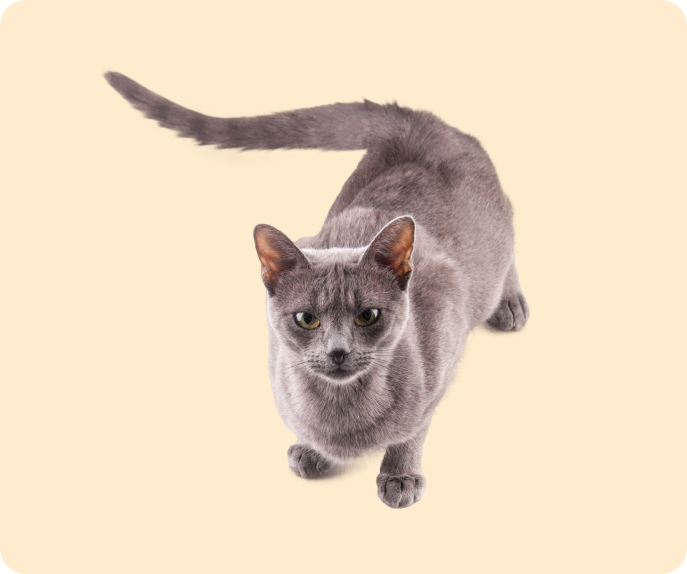Explore
Food
Cats food for a happy life! Discover nutrient-rich recipes, healthy ingredients, and feeding tips for a purrfectly balanced diet.
Articles comming soon for "
Health
Cats Health: Expert advice on nutrition, behavior, and wellness for a happy, healthy feline friend. Get tips, guides, and product reviews for a purrfect life.
Articles comming soon for "
Training
Cats Training: Unlock your feline friend's potential with expert tips, tricks, and techniques for a happier, healthier cat.
Articles comming soon for "



